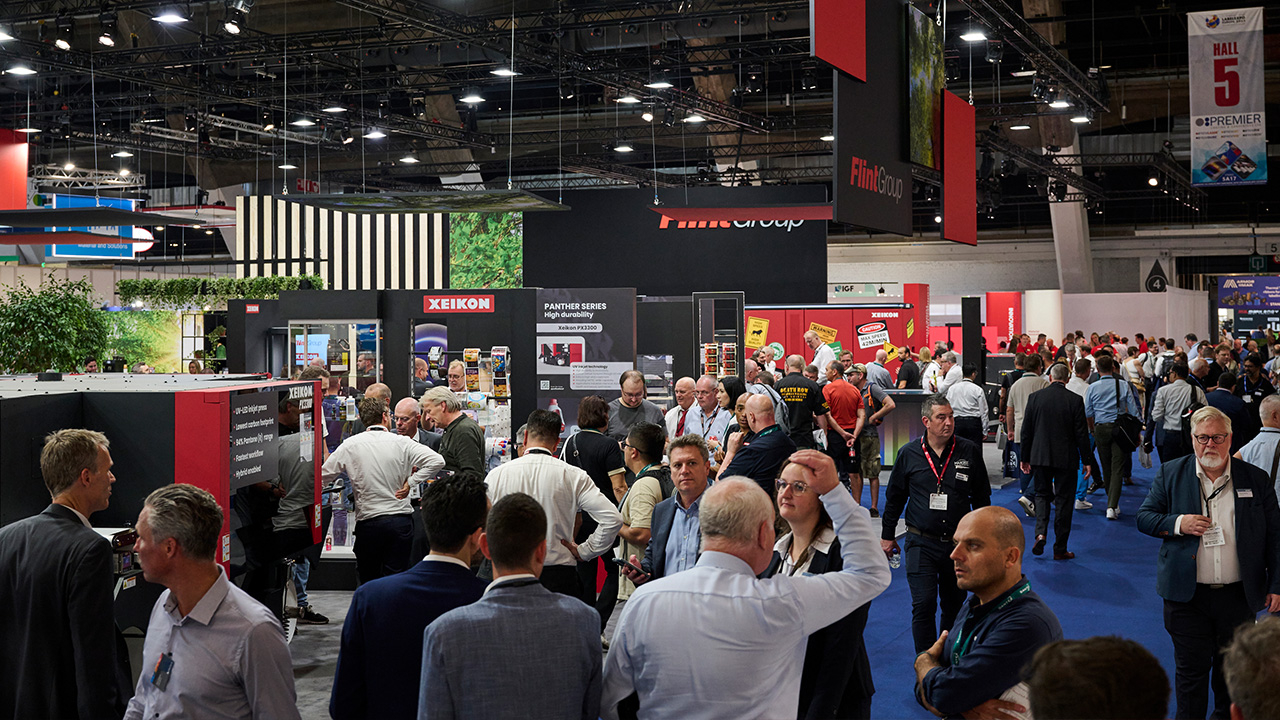Analysts paint positive picture for Latin America

Printing industry experts and economic analysts are optimistic about growth in Latin America, says James Quirk
Following AWA’s positive study of growth in the South American label markets (see Labels & Labeling issue 5 2012), a number of other analysts are painting similarly optimistic pictures both of progression in the region’s label and packaging sectors and in its economy as a whole.
A recent study produced by the Graphics of the Americas Expo & Conference (GOA) forecasts a positive state for the print industry in Latin America in 2013. Based on statistics reported by the IMF, the study reveals that the Latin America printing industry remained positive for most of the last decade, with a projected growth of four percent in 2013. The projected GDP in 2013 for Latin America and the Caribbean is 3.9 percent.
National economies that are driving the growth include (projected) Mexico (3.5 percent); Brazil (four percent); Chile (4.4 percent); Colombia (4.4 percent); Peru (5.8 percent); and Panama (7.5 percent).
The GOA study finds that, “the most dynamic sectors of the Latin American printing industry have modernized technologically, and have maintained a significant investment capacity despite fluctuations in growth in the last ten years”. According to the study, the packaging segment has the best outlook within the printing industry.
Another survey, published by Conversión magazine in late 2012, shows sustained regional growth in all three major categories: flexible packaging, labels and folding cartons. The magazine surveyed 145 label converters from 16 Latin American countries. The majority of respondents came from Argentina (11 percent), Chile (14), Colombia (25) and Mexico (22).
Some 63 percent of the surveyed converters reported increased sales in the first quarter of 2012 compared to the same period during the previous year, while 72 percent said sales had risen by more than six percent; 47 percent quoted a growth of 6-15 percent; while 12 percent saw a sales growth of more than 20 percent.
Around 32 percent said profitability had increased in their local industry; 12 percent saw an increase in exports; and 26 percent said they were receiving higher prices for their products than the year before.
In addition, 49 percent have increased their production, 57 percent are consuming more materials than in the previous year and 56 percent cited investment in new equipment as being among their principle growth strategies for 2012.
Of those surveyed. 40 percent said they intended to go after value-added work in niche markets.
Reuters Breakingviews columnist Raul Gallegos, meanwhile, believes that Latin America can rely on its burgeoning middle class for the next phase of its economic growth. With some 50 million people estimated by the World Bank to have been lifted out of poverty in the last 10 years, the region can count on an army of comparatively new consumers.
Despite modest GDP growth in Brazil, says Gallegos, consumers have been resilient. According to trade group Abrasce, sales at shopping centers may top US$58 billion in 2012, the seventh consecutive annual increase, while a record 48 malls are expected to open in 2013.
Meanwhile Mexico, the region’s second largest economy, at US$1.2 trillion, is now the world’s biggest soft-drink consumer. WalMart is growing twice as fast there as in the US.
Though inflation remains a threat and the region isn’t immune from slower growth in other parts of the world, says Gallegos, ‘the underlying trends suggest a coming spark for foreign investment and local markets’.
Stay up to date
Subscribe to the free Label News newsletter and receive the latest content every week. We'll never share your email address.


